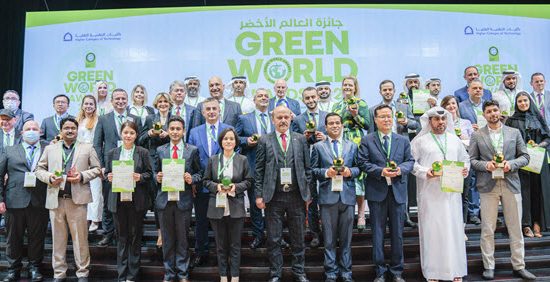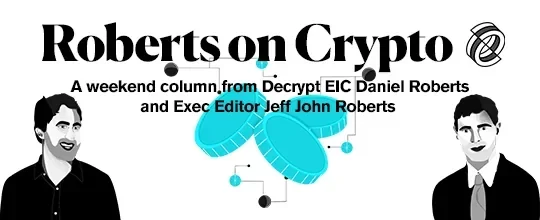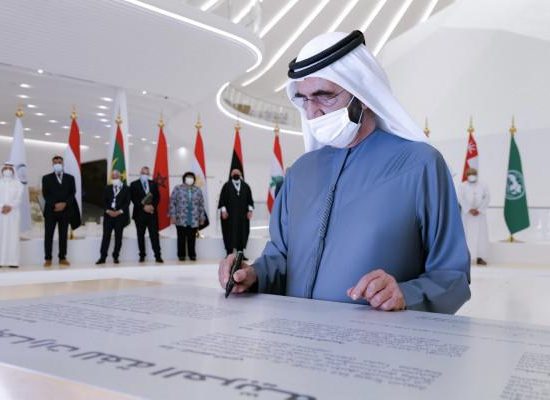INTERNATIONAL. Global inclusion in the internet could bring seven percent of the world’s population – 500 million people – above absolute poverty levels, and add US$6.7 trillion (£4.6 trillion) to global economic output, according to a new study by Strategy&, PwC’s strategy consulting business.
The study, for Facebook, encompassed 120 countries over a 10-year period and examines how barriers to accessing the internet could be removed, and how the internet could change as more people from developing markets get online.
Despite the ongoing digital revolution, the number of new internet subscribers, most of whom are in developing nations, has slowed in recent years, only growing in single digits since 2013. This leaves 4.1 billion people disconnected from a modern economy that would benefit by over $6 trillion with their participation.
According to the report “Connecting the World”, global internet inclusion would mean that there could be five internet users in developing markets for every one user in developed markets, compared to the current ratio of two to one.
Bringing the whole world online would create huge benefits for developing countries and businesses over the coming five years, including:
•Social and economic improvement for over four billion people;
•An additional global economic output of $6.7 trillion (£4.6 trillion);
•A $400 billion (£276 billion) growth opportunity for telecom operators; and
•A $200 billion (£138 billion) opportunity for content providers.
Ashley Unwin, UK and EMEA consulting leader, PwC said: “The internet holds the potential to transform the lives of millions in developing markets, but enabling access for all is a major development challenge. Internet access needs to become more affordable and reliable, with compelling reasons for people to go online and the right support in place to aid discovery, in order to achieve truly universal inclusion.”
Progress has been slow due to barriers including the cost of coverage, existing infrastructure speed and capacity, and the need to implement new infrastructure where it does not exist.
The study finds that with retail internet prices needing to fall nearly 70 percent to make the internet affordable to 80 percent of the population, action is required across key areas of connectivity, content and the retail service to bring more people online:
•Replacing current 2G networks with 3G or 4GLTE could bring a 60-70% reduction in the cost per MB to serve developing markets, making it profitable for operators to provide internet services, and opening up the internet to over 2bn people;
•Providing content through a series of local high speed networks, would make it affordable for a further 300m people;
•Offline distribution of content, including through national and regional data exchanges would improve access and affordability for a further 170m people;
•Governments offering content focused on education, social services or business opportunities could create an incentive for a further 200m to go online; and
•Brand or subscriber subsidised access, for example learning centres, could bring another 500 million online globally
John Potter, managing partner, Strategy& said: “Transforming the internet in developing countries will require governments, service providers, telecom operators and local communities to come together. The result will be an inclusive internet very different to the one we know today, with more of a focus on education, social services and income generation in a multitude of languages, bringing with it new opportunities for four billion people.”
Reaching the world’s remotest and poorest inhabitants will require using innovative and disruptive technologies.
Andrew Bocking, product manager for Internet.org at Facebook said: “We need to find new approaches in the markets for connectivity, content, and retail if we are to harness the power of the internet for development and poverty reduction.”
About the report
To learn more about Connecting the World: Ten mechanisms for global inclusion, visit www.strategyand.pwc.com/ctw.
The report, “Connecting the world: Ten mechanisms for global inclusion” was prepared by Strategy&, part of the PwC network, for Facebook Inc. to assess the barriers to internet adoption and consider mechanisms that could accelerate Internet penetration in support of Facebook’s Internet.org initiative.
The Strategy& Digital Prosperity Project brings together leading experts to provide thought leadership at the intersection of technology and economics. The project has developed measures of digitisation and digital maturity to better inform policymakers and business leaders on how to use digitisation to further economic and social progress.
About Strategy&
Strategy& is a global team of practical strategists committed to helping you seize essential advantage. We do that by working alongside you to solve your toughest problems and helping you capture your greatest opportunities. We bring 100 years of strategy consulting experience and the unrivalled industry and functional capabilities of the PwC network to the task. We are part of the PwC network of firms in 157 countries with more than 208,000 people committed to delivering quality in assurance, tax, and advisory services.
To learn more about PwC’s Strategy&, visit www.strategyand.pwc.com.
At PwC, our purpose is to build trust in society and solve important problems. We’re a network of firms in 157 countries with more than 208,000 people who are committed to delivering quality in assurance, advisory and tax services.
Find out more and tell us what matters to you by visiting us at www.pwc.com.
© 2016 PwC. All rights reserved. PwC refers to the PwC network and/or one or more of its member firms, each of which is a separate legal entity. Please see www.pwc.com/structure for further details.








